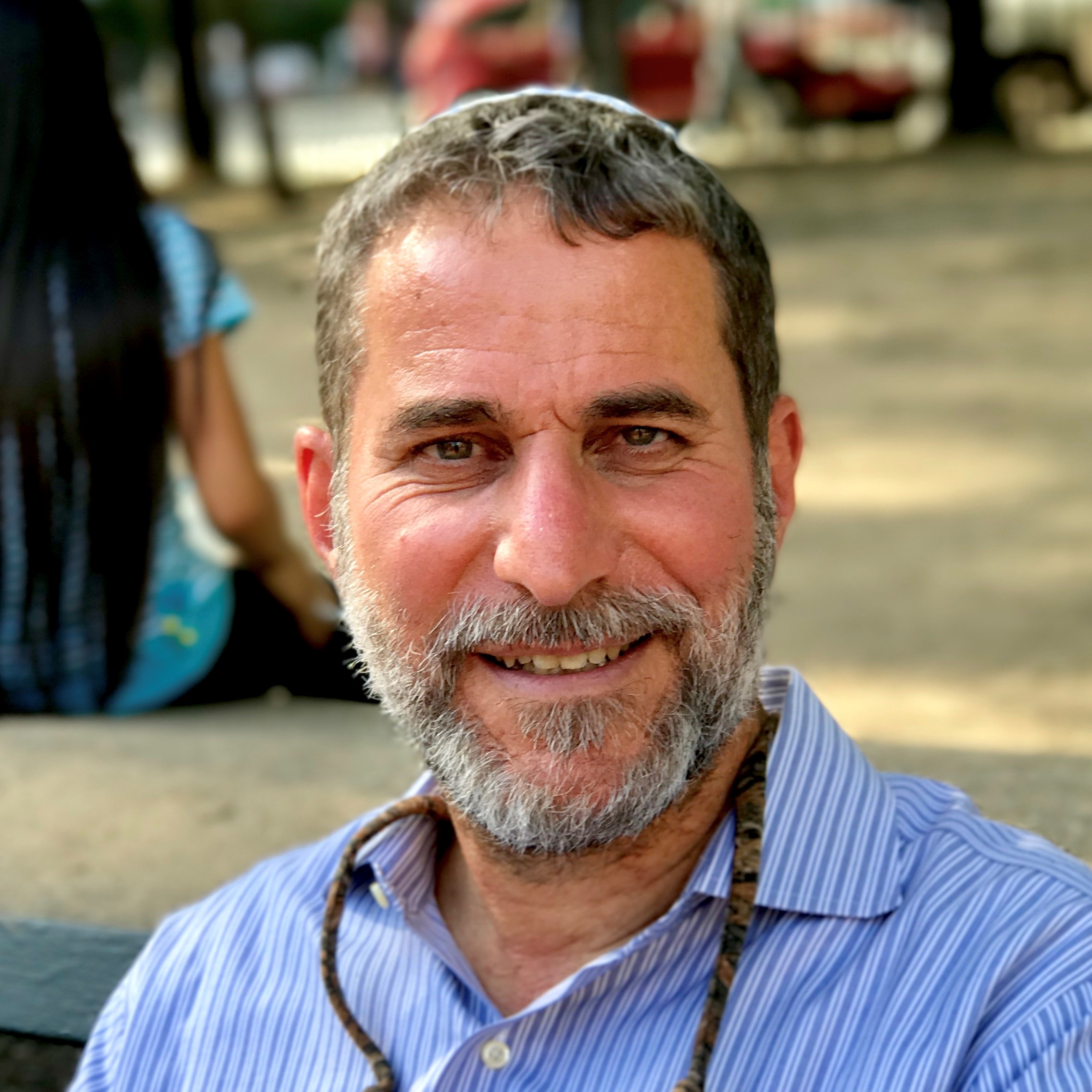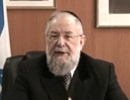Beit Midrash
- Torah Portion and Tanach
- D'varim
- Ha'azinu
- Sections
- Chemdat Yamim
- Parashat Hashavua
Most commentaries understand these p’sukim as referring to the caring protection that Hashem provided for Bnei Yisrael as they left Egypt and sojourned through the desert on the way to Eretz Yisrael. According to the Targum Yonatan and others, the surrounding refers to the clouds that Hashem placed around the Israelite encampment, the very clouds upon which the sukkot are based (see Sukka 11b). Again, the way the pasuk with commentaries seems to portray the purpose of this surrounding, it was there to protect from enemy nations and their weapons and from wild beasts. However, the Torah tempers the focus on the physical survival. In the midst of the description of the protection, the Torah inserts the idea of giving wisdom, which is widely associated with the giving of the Torah at Sinai during the desert period. Furthermore, the second pasuk hints not just at the effectiveness of the arrangement whereby Hashem saw to the nation’s needs but also to the loving care with which He treated them. The preparation of the young for the arrival of the mother eagle and the hovering above the nest are part of a picture of doing more than technically necessary to ensure survival.
This picture is bolstered by the specifications of the related sukka. While the Torah refers here to a surrounding from all sides, which indicates the element of protection, the word sukka refers to the covering on top. Indeed, the halachot of detailed requirements for the materials and structure of the sukka relate to its roof and, for the most part, not to its walls. Why put the stress specifically on the roof?
While the protection from all around is worthwhile to remember, the Torah is telling us that it has to be put into proper context to be fully appreciated. The Torah, which made us a wise nation, was at the heart of the desert experience. Also, the most important cloud may well have been the one from above. It did protect from the sun and other dangers from above. However, it was not like a roof, which eliminates contact with that which is above, requiring light to enter the structure through side windows. Rather, while the cloud provided shade from the blinding light of the shechina (Divine Presence) above, it allowed some sunlight and rain to come through. So too, the s’chach is a flimsy covering that enables us to feel the presence of the "loving mother bird hovering above us," seeing to our welfare - physically, emotionally, and spiritually.
























